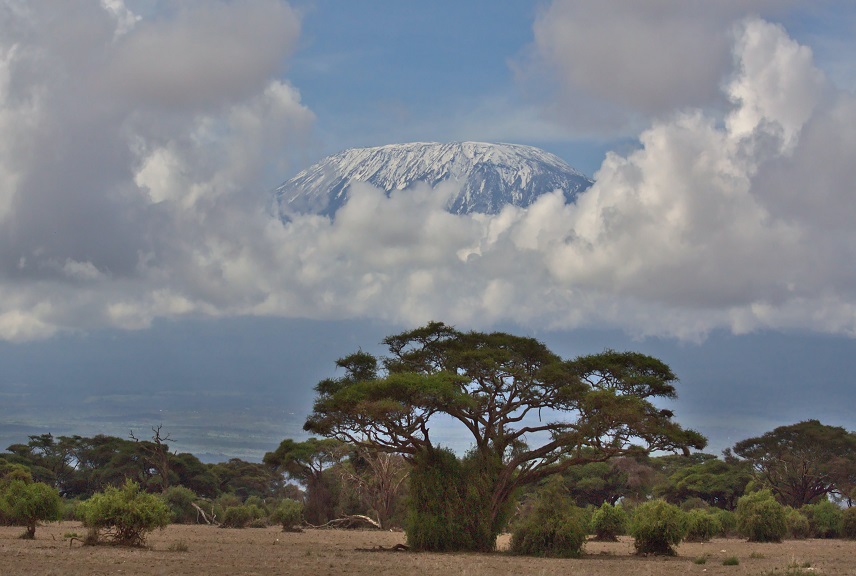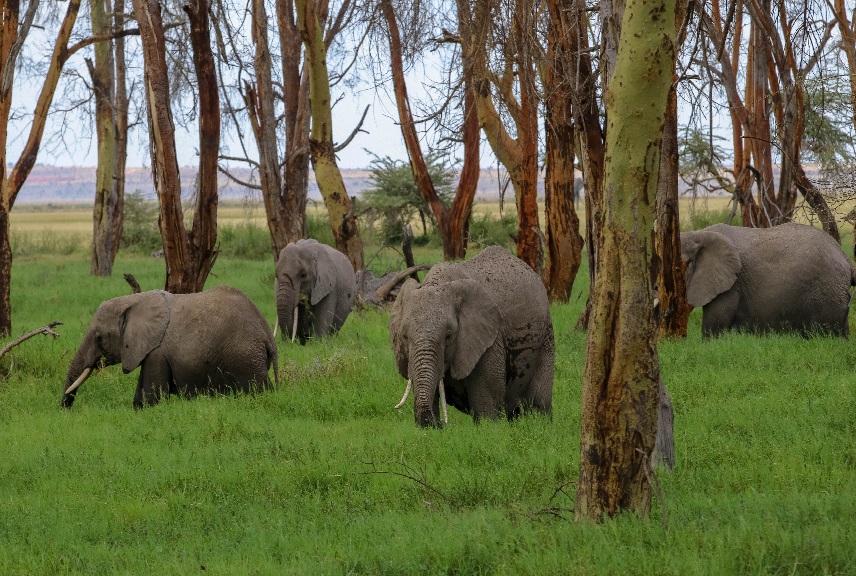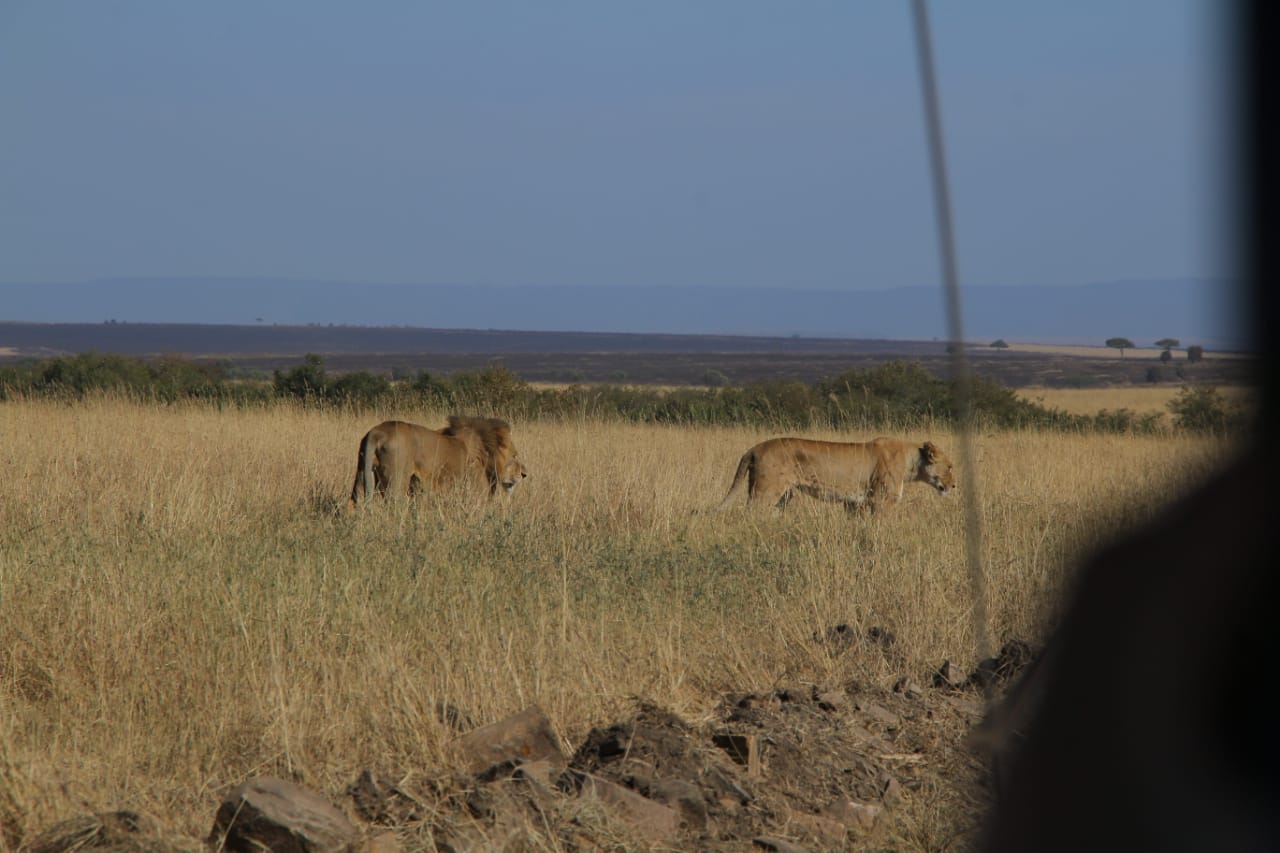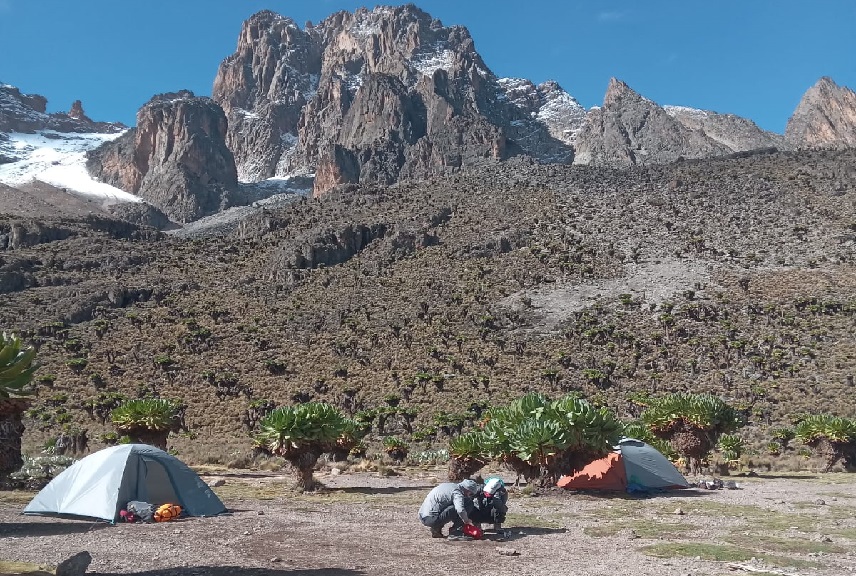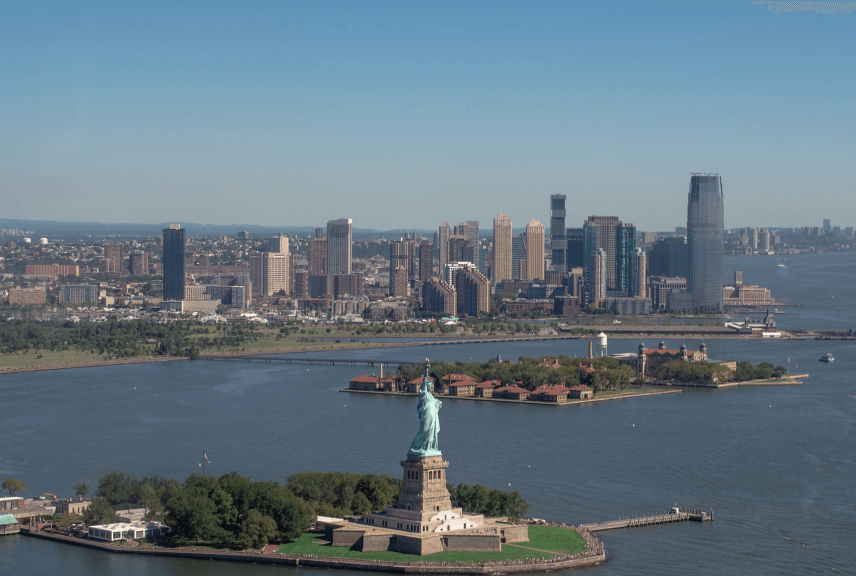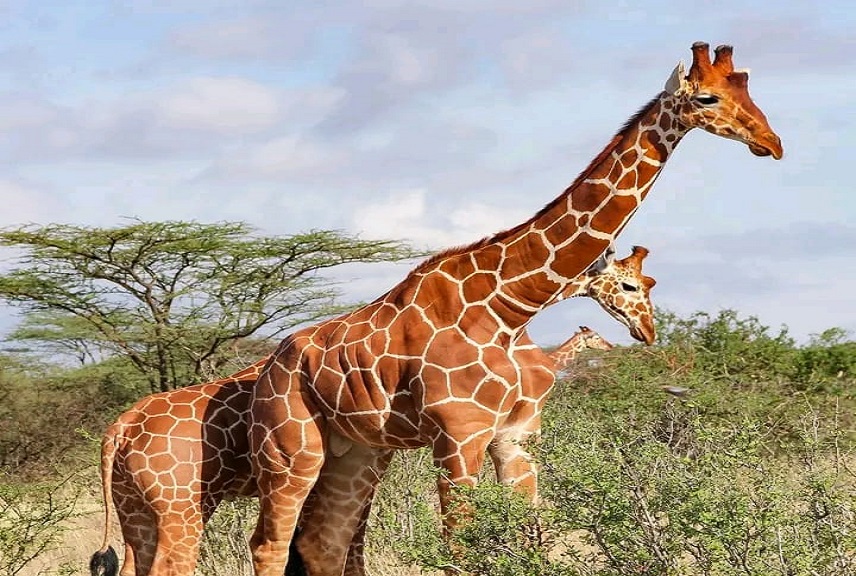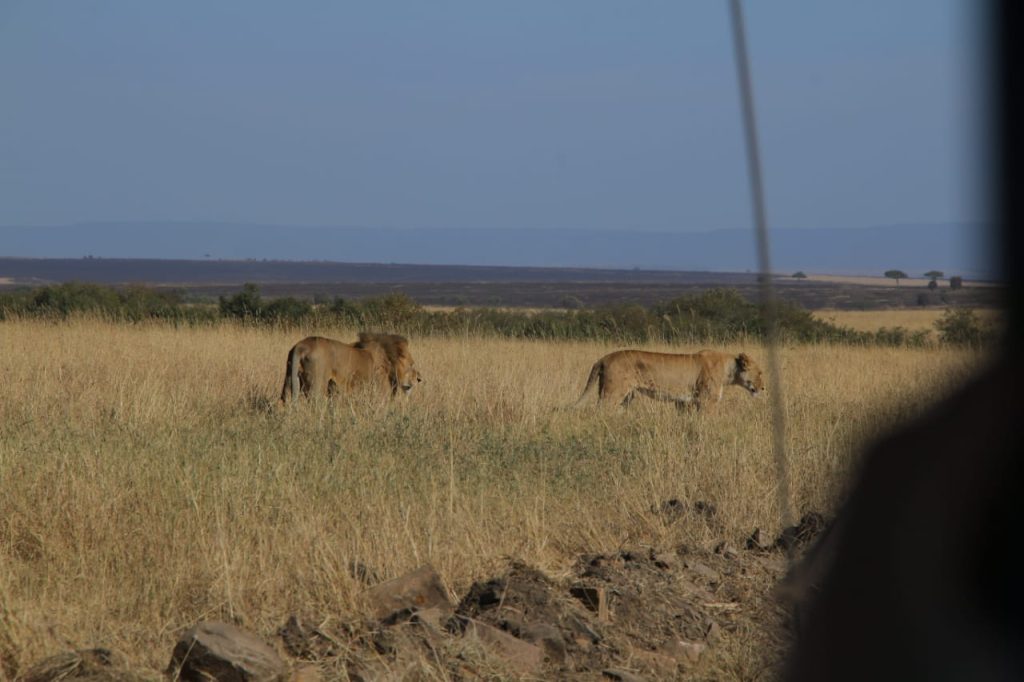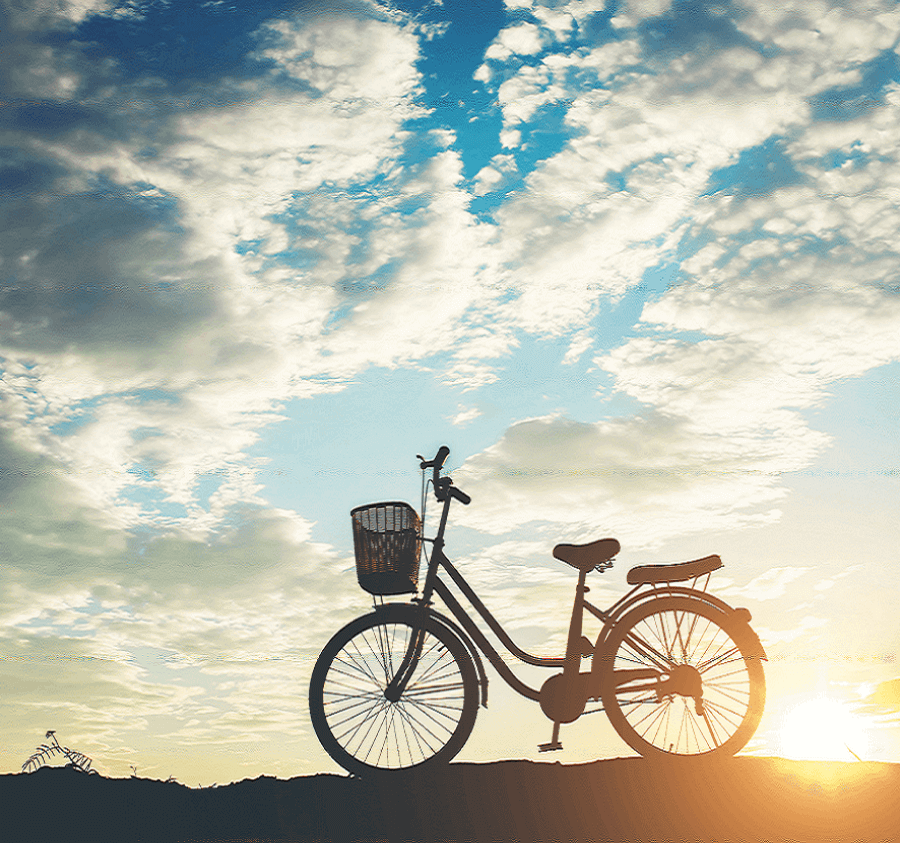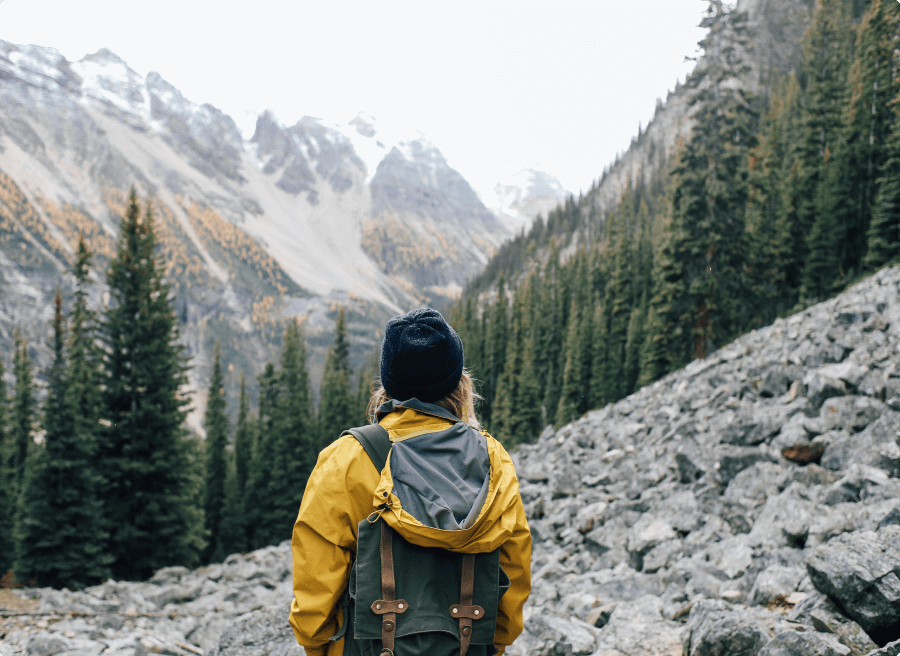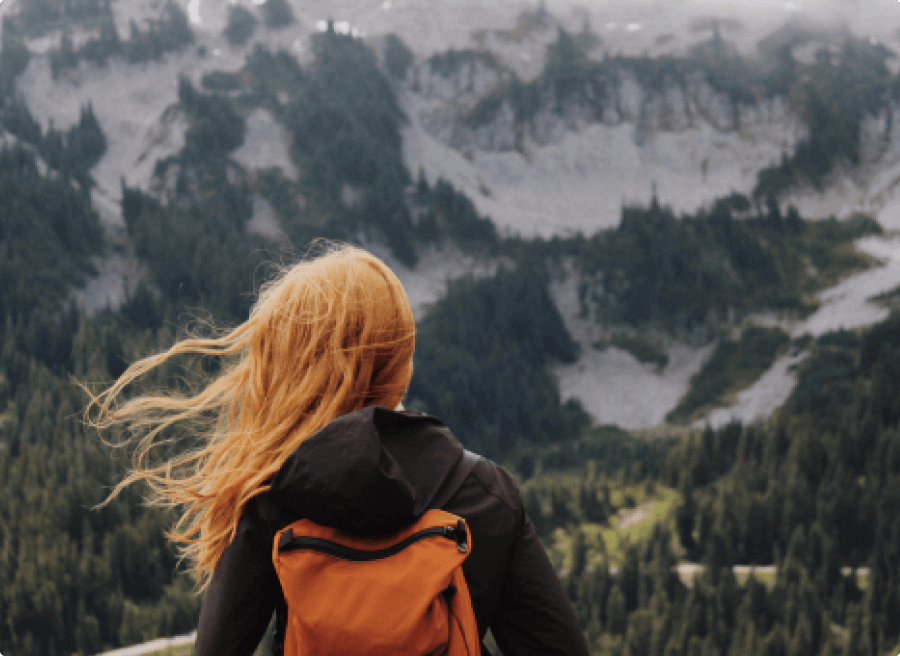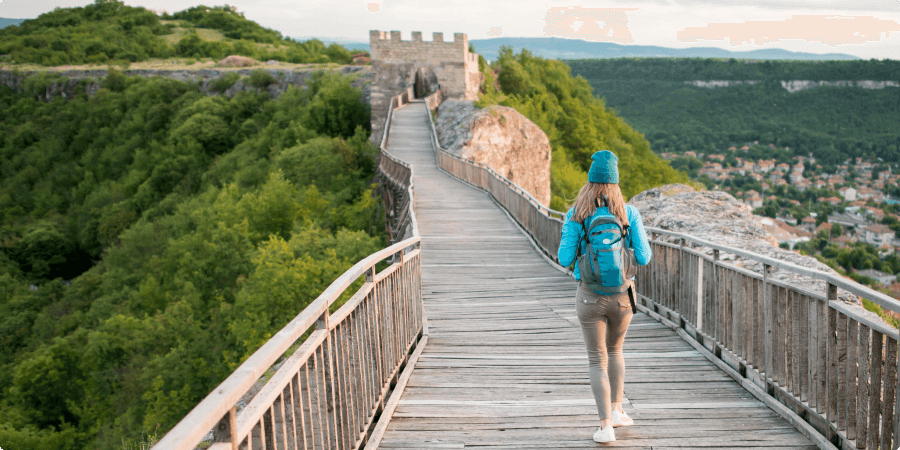The best time to visit Masai Mara National Reserve is during the dry season, which runs from June to October. During this time, the weather is dry and sunny, and the animals tend to congregate around the remaining water sources. This makes it easier to spot wildlife, and the lack of foliage makes for better visibility. However, this is also the peak tourist season, so you can expect higher prices and larger crowds.
If you’re looking for a more budget-friendly option, consider visiting during the shoulder seasons of November to March or April to May. During these times, the weather is still good, and there are fewer tourists. However, the vegetation is thicker, which can make it more difficult to spot animals. Additionally, the rainy season runs from March to May, which can make some areas of the reserve inaccessible.
Understanding Masai Mara’s Climate
When planning a trip to Masai Mara, one of the most important factors to consider is the climate. The weather patterns in this region can have a significant impact on your experience, so it’s essential to know what to expect.
Seasons and Weather Patterns
Masai Mara experiences two distinct seasons: the dry season and the rainy season. The dry season runs from June to October, while the rainy season is from November to May. The rainy season is further divided into two sub-seasons: the short rains (November to December) and the long rains (March to May).
During the dry season, the weather is generally warm and dry, with temperatures ranging from 20°C to 30°C. The skies are clear, and there is little to no rainfall. This is the best time to visit Masai Mara if you want to see wildlife, as the animals tend to congregate around water sources.
The rainy season, on the other hand, is characterized by heavy rainfall and cooler temperatures. The short rains usually last for a few weeks, while the long rains can last for several months. The vegetation is lush and green during this time, but the rain can make it difficult to navigate some of the driving tracks.
Temperature Variations
Temperatures in Masai Mara can vary significantly depending on the season. During the dry season, temperatures can reach highs of 30°C during the day and drop to lows of 10°C at night. In contrast, the rainy season is cooler, with temperatures ranging from 15°C to 25°C.
It’s important to pack appropriately for the weather conditions you’ll be facing. During the dry season, you’ll need light clothing for the warm days and something warmer for the cooler nights. In the rainy season, you’ll need waterproof clothing and sturdy shoes for navigating the muddy tracks.
In conclusion, understanding the climate of Masai Mara is crucial when planning your trip. Knowing what to expect in terms of weather patterns and temperature variations will help you pack appropriately and make the most of your visit.
Wildlife and the Great Migration
When it comes to wildlife, the Masai Mara is one of the best places to visit in Kenya. With a diverse range of species, it’s a haven for animal lovers. The Great Migration is the most popular event that takes place in the Masai Mara, and it’s a must-see for anyone visiting the reserve. Here are some of the things you can expect to see during your visit:
Wildebeest Migration Patterns
The Great Migration is an annual event where millions of wildebeest, zebra, and other herbivores migrate from the Serengeti in Tanzania to the Masai Mara in Kenya. The migration starts in July and ends in October, and it’s a spectacular sight to behold. During this time, you can witness river crossings, where thousands of wildebeest cross the Mara River, risking their lives to reach greener pastures.
Resident Animals and Predators
Apart from the Great Migration, the Masai Mara is home to a variety of resident animals. Lions are the most popular predators in the reserve, and you can spot them lounging in the grasslands or hunting for prey. Other predators include cheetahs, leopards, hyenas, and jackals. The reserve is also home to a variety of herbivores, including elephants, giraffes, zebras, and gazelles.
Bird Watching Opportunities
The Masai Mara is not just about the big game. It’s also a great place for bird watching. With over 470 species of birds, it’s a bird watcher’s paradise. During the migration season, you can spot migratory birds such as the White Stork, Yellow Wagtail, and the Kestrel. The reserve is also home to a variety of raptors, including the Martial Eagle, Bateleur Eagle, and the African Fish Eagle.
In conclusion, the Masai Mara is a great place to visit if you’re a wildlife enthusiast. With the Great Migration, resident animals, and a variety of bird species, it’s a haven for animal lovers. Whether you’re interested in game viewing or bird watching, the Masai Mara has something for everyone.
Optimal Times for Safari Activities
When planning your safari trip to Masai Mara, it’s important to consider the best time to visit for optimal safari activities. Here are some tips on when to plan your trip based on different safari activities.
Game Drives and Viewing
Game drives are the most popular safari activity in Masai Mara, and the best time for game drives is during the dry season from June to October. During this time, the vegetation is thinner, making it easier to spot wildlife, and animals tend to gather around rivers and waterholes, making them easier to find. Early morning and late afternoon are the best times for game drives as animals are more active during these times.
Hot Air Balloon Safaris
Hot air balloon safaris are a unique and exciting way to experience Masai Mara from above. The best time for hot air balloon safaris is during the dry season from July to October, when the skies are clear and the weather is calm. Hot air balloon safaris usually take place early in the morning, so be prepared to wake up early to catch the sunrise from above.
Photography and Adventure Tours
If you’re interested in photography or adventure tours, the best time to visit Masai Mara is during the dry season from June to October. During this time, the skies are clear, and the lighting is perfect for capturing stunning photos. Adventure tours such as horseback safaris are also best during this time as the weather is dry and comfortable for outdoor activities.
Monthly Guide to Visiting Masai Mara
When planning a trip to Masai Mara, it’s important to consider the time of year you’ll be visiting. The park experiences different weather patterns throughout the year, and the wildlife sightings can vary depending on the season. Here’s a guide to help you plan your visit to Masai Mara based on the different seasons.
Peak Season for Masai Mara: July to October
The peak season in Masai Mara is from July to October, which coincides with the dry season. During this time, the weather is mostly sunny and dry, with occasional rain showers in September and October. The average daytime temperature is around 25 degrees Celsius (77 degrees Fahrenheit), while nighttime lows are around ten degrees Celsius (50 degrees Fahrenheit). This is the best time to visit if you want to see the Great Migration, which usually occurs from July to October. The park is also less crowded during this time compared to other seasons.
Shoulder Season: November to February
The shoulder season in Masai Mara is from November to February, which is also the short rainy season. The weather during this time is usually hot and humid, with occasional rain showers. This is the calving season for many animals within the park such as antelope and zebras, so you’re likely to see many newborns during your visit. The park is also less crowded during this time compared to the peak season.
Low Season at Masai Mara: March to June
The low season in Masai Mara is from March to June, which is the long rainy season. The weather during this time is usually wet and cool, with occasional sunny spells. The park is lush and green during this time, making it a great time for bird watching and seeing the park’s beautiful landscapes. However, wildlife sightings can be more difficult during this time as the animals tend to scatter throughout the park.
Conservation and Community
When you visit Masai Mara, it is important to recognize the significance of conservation and community efforts in the region. The Maasai people, who have lived in the area for centuries, have a deep connection to the land and its wildlife. Today, many Maasai are involved in conservation efforts to protect the ecosystem and its inhabitants.
Maasai Community and Culture
The Maasai people are known for their unique culture and way of life. When you visit Masai Mara, you may have the opportunity to interact with the Maasai and learn about their traditions. Many Maasai communities have opened their doors to visitors, offering cultural experiences such as traditional dances, beadwork demonstrations, and visits to local markets.
It is important to be respectful of the Maasai culture and traditions when visiting their communities. This includes dressing modestly, asking for permission before taking photos, and being mindful of cultural norms and customs.
Conservancies and Conservation Efforts
In recent years, many Masai Mara conservancies have been established to promote conservation efforts and support the local community. These conservancies are managed by local communities and offer a more sustainable approach to tourism.
By visiting these conservancies, you can support conservation efforts and contribute to the local economy. Many conservancies offer guided tours and wildlife experiences, such as game drives and nature walks. In addition, some conservancies offer opportunities to participate in conservation efforts, such as tree planting and wildlife monitoring.
Overall, when visiting Masai Mara, it is important to be mindful of the impact of tourism on the local community and ecosystem. By supporting conservation efforts and engaging with the local community, you can help ensure that this unique and beautiful region remains protected for generations to come.
Planning Your Visit
When planning your visit to Masai Mara, there are several important factors to consider to ensure that you have the best experience possible. In this section, we’ll cover some of the key things you need to know before you go, including choosing the right accommodations, understanding park fees and regulations, and travel tips and health precautions to keep in mind.
Choosing the Right Accommodations
There are a variety of accommodations available in and around Masai Mara, ranging from luxury lodges to budget-friendly campsites. When choosing where to stay, consider factors such as your budget, preferred level of comfort, and proximity to the park. Some popular options include:
- Mara Serena Safari Lodge: This luxury lodge is located within the park and offers stunning views of the savannah. It features a pool, spa, and on-site restaurant.
- Olonana Tented Camp: This eco-friendly camp is situated on the banks of the Mara River and offers spacious tents with private verandas. It also has a pool and spa.
- Mara Sidai Camp: This budget-friendly campsite is located just outside the park and offers basic amenities such as tents with beds and shared bathrooms.
Understanding Park Fees and Regulations
To enter Masai Mara National Reserve, you will need to pay a park fee. As of 2024, the fee is $80 per person per day for non-residents and KES 1,000 for East African citizens. There are also additional fees for vehicles and camping. Be sure to check the park’s website for the most up-to-date information on fees and regulations.
When visiting the park, be sure to follow all rules and regulations, such as staying on designated roads and not disturbing the wildlife. It’s also important to be aware of the park’s opening and closing times and to plan your visit accordingly.
Travel Tips and Health Precautions
When traveling to Masai Mara, it’s important to take certain precautions to ensure your safety and health. Some tips to keep in mind include:
- Bring insect repellent: Mosquitoes and other insects can be a problem in the park, so be sure to bring plenty of insect repellent and wear long sleeves and pants to protect yourself.
- Stay hydrated: It can get hot and dry in the park, so be sure to drink plenty of water and bring a reusable water bottle to refill.
- Be prepared for bumpy roads: The roads in and around the park can be rough and bumpy, so be sure to bring motion sickness medication if needed.
Frequently Asked Questions
What are the peak months for witnessing the Great Migration in Masai Mara?
The Great Migration is a breathtaking natural phenomenon that occurs annually in Masai Mara. It is one of the most popular attractions for visitors to the reserve. The peak months for witnessing the Great Migration in Masai Mara are between July and October. During this time, thousands of wildebeest, zebras, and gazelles migrate from the Serengeti in Tanzania to Masai Mara in search of food and water.
How does the weather influence wildlife sightings in Masai Mara throughout the year?
The weather in Masai Mara plays a significant role in wildlife sightings throughout the year. During the dry season (June to October), animals tend to gather around rivers and waterholes, making them easier to spot. The vegetation is also thinner, making wildlife easier to see. In contrast, during the rainy season (November to May), the vegetation is denser, making it harder to spot animals. However, the rainy season is an excellent time for bird watching.
Can you visit Masai Mara during the rainy season, and what can you expect?
Yes, you can visit Masai Mara during the rainy season. However, it is important to note that the roads can be muddy and impassable, making it challenging to navigate the reserve. Additionally, the vegetation is denser, making it harder to spot animals. However, the rainy season is an excellent time for bird watching.
What are the differences in visiting Masai Mara versus Serengeti for wildlife experiences?
Masai Mara and Serengeti are both excellent destinations for wildlife experiences. However, Masai Mara is known for its abundance of big cats, such as lions and leopards, while Serengeti is known for its vast open plains and the Great Migration. Masai Mara is also a smaller reserve, making it easier to navigate and spot wildlife.
How long should a typical safari in Masai Mara last to ensure a comprehensive experience?
To ensure a comprehensive experience, a typical safari in Masai Mara should last at least three to four days. This will allow you to explore different areas of the reserve and increase your chances of spotting a variety of wildlife.
What are the considerations for safari costs when planning a trip to Masai Mara?
When planning a trip to Masai Mara, it is essential to consider the safari costs. The cost of a safari can vary depending on the time of year, the type of accommodation, and the length of the safari. It is also important to factor in additional costs, such as park fees, transportation, and tips for guides and drivers. It is recommended to research and compare different safari options to find one that fits your budget and preferences.
